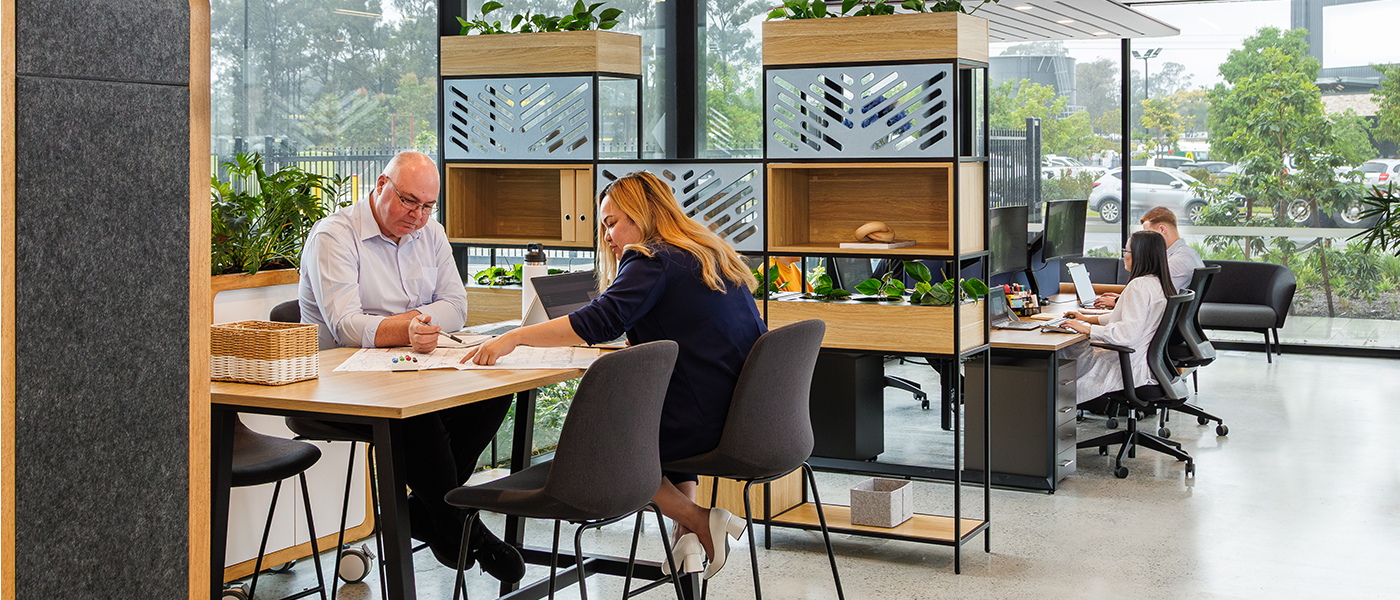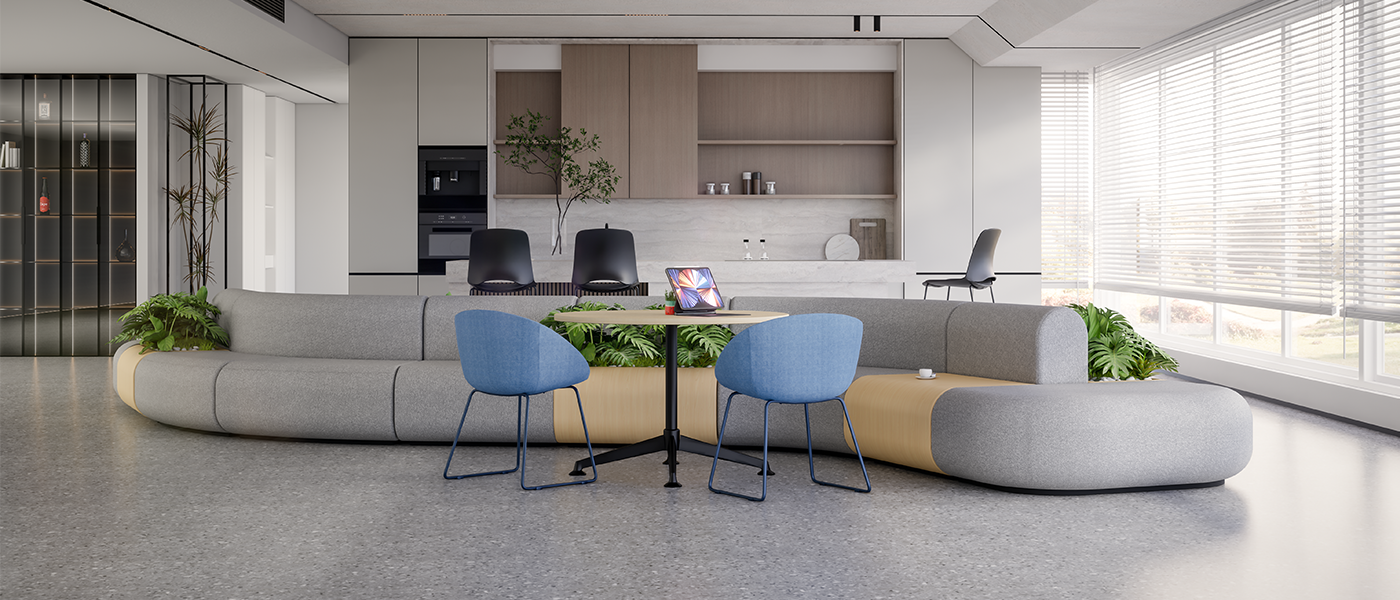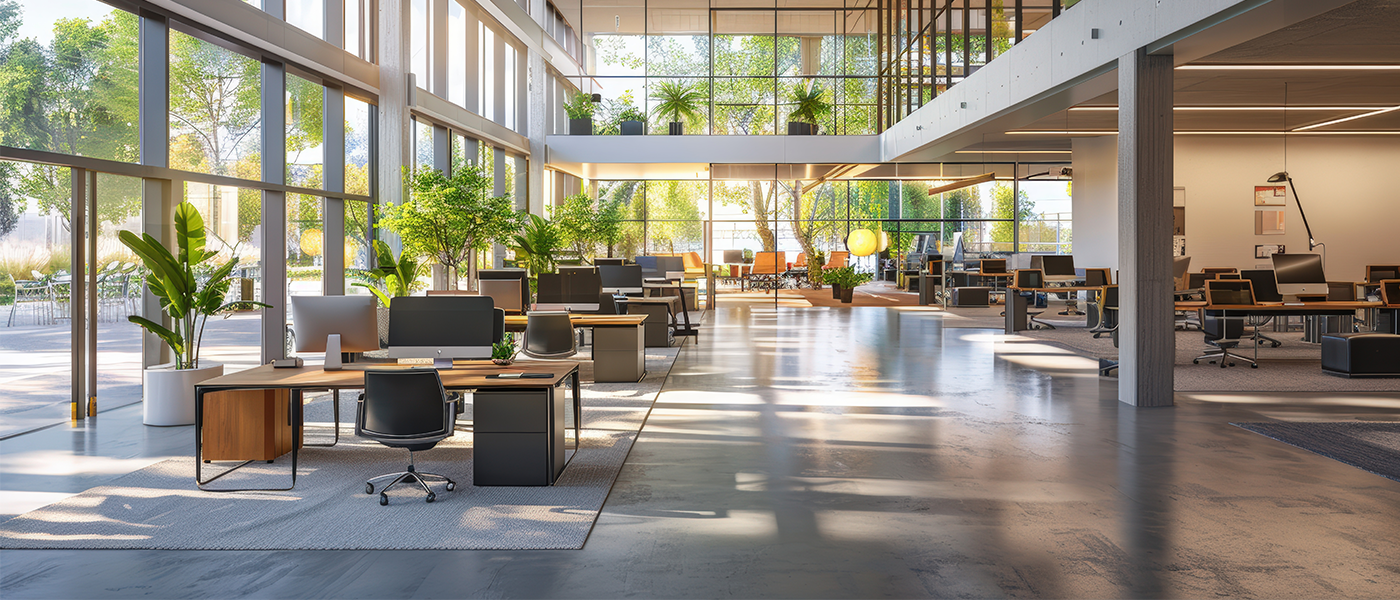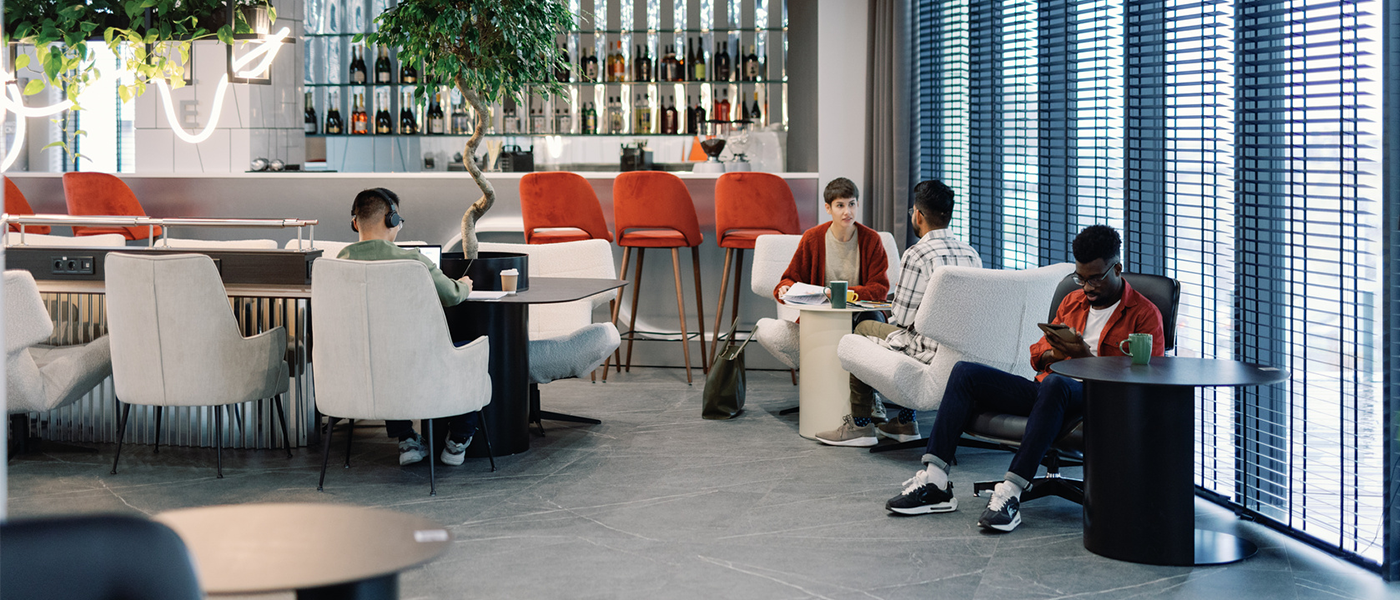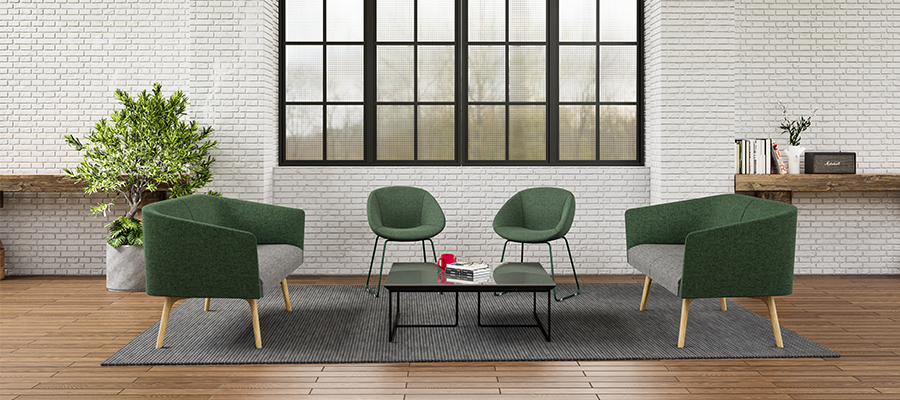What is Resimercial Design?
written by OLG
The term resimercial comes from a blending of “residential” + “commercial”. It’s reshaping the way Australian offices look and feel and refers to a design philosophy for commercial workspaces (especially offices, coworking spaces etc.) that integrates the comfort, warmth, and aesthetics more typically found in homes, into functional, professional settings. The goal is to make workplaces feel more welcome, relaxed, and human, while still retaining the professionalism, and operational requirements of a commercial environment.
This trend has gained strong momentum in recent years, particularly as hybrid work, remote work, and employee expectations around well-being have shifted. Office design has evolved, think lounge seating, layered lighting, softer materials, and natural finishes alongside task furniture, meeting rooms, and all the technology modern offices require. Gone are the seemingly sterile cubicles, that felt cookie cutter, bland and uninspiring.
According to Onya Magazine, office design trends for 2025 include, collaboration and relaxation zones, making offices more adaptable to hybrid work, with a shift away from the traditional office layout.
Several drivers make resimercial especially relevant in Australia:
Hybrid working realities: Employees expect offices to offer more than just a desk, given the comfort of working from home.
Talent attraction and retention: A workplace that feels inviting, inspiring, and human-centred is part of an employer’s brand.
Well-being and productivity: softer finishes, natural light, and flexible spaces reduce stress and promote focus.
Future flexibility: Breakout areas, lounge zones, and café-style seating support collaboration, social connection, and quiet work needs equally well.
Resimercial design is not without trade-offs. When redesigning spaces with this design philosophy in mind there are a number of considerations that organisations should weigh up:
Cost: A potential increase in furnishing (sofas, lounge furniture), decorative finishes, soft textures, custom lighting can increase up-front fit-out or refurbishment costs.
Durability vs Comfort: Residential furniture and soft finishes may not be built for the wear and tear seen in commercial usage. Specifying commercial-grade versions of “home-like” furniture is important.
Balance: Maintaining professionalism. Some clients/customers still expect certain formality or branding. A shit towards an overly casual look and feel may weaken corporate identity or cause confusion over functionality.
Space Utilisation: Soft seating, lounges etc. take up more room. Employers need to be intentional about spatial allocation, circulation, acoustics, privacy.
Maintenance & Upkeep: Soft furnishings, textiles etc. may require more maintenance (cleaning, replacement). Lighting and décor may add ongoing overhead.
Design insights that enhance the execution and adaption within workspaces.
Zoning is important: mixing formal workstations, private rooms, casual lounge zones, cafés, and breakout areas gives people choice.
Natural light & lighting quality make a difference: skylights, large windows, mixed lighting (ambient + task + mood) improve the feeling.
Materials & textures matter: wood, fabric, curtains, soft upholstery etc. reduce the harshness of commercial surfaces.
Theme & identity add character: giving each space a strong design identity (loft, art-house, coastal etc.) helps people feel more connected to the space.
Conclusion
Resimercial design represents a meaningful evolution in how we think about workspaces. It recognises that people are not machines, they bring emotional, physiological, and social needs into their work every day, and that the environment plays a powerful role in satisfying (or undermining) those needs.
For commercial developers, employers, architects, interior designers, the appeal of resimercial lies not simply in aesthetics but in productivity, well-being, talent retention, and the ability to adapt to changing work habits. When done well, resimercial design can offer the best of both worlds: the professionalism and efficiency demanded by commercial operations, together with the warmth, comfort, and humanity of residential spaces.
Click to download a printable PDF.
